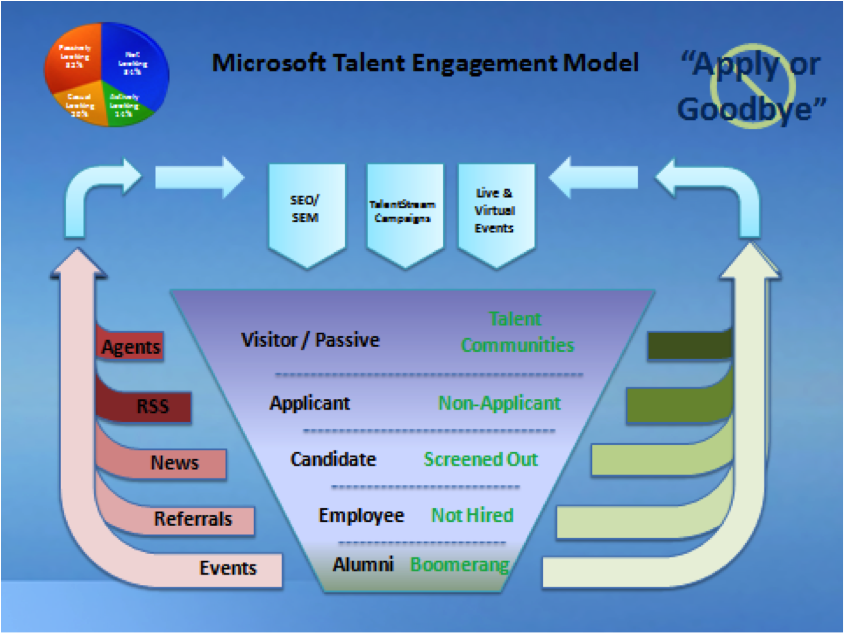By Helene Wasserman
Holidays are times when the entire family convenes to break bread together.
The great-grandparents, who barely use cellular phones sit with the grandkids, who are trying to show them how to text, and extol the virtues of Angry Birds. Grandparents are looking after the youngest generation, who are playing their own computer games. Four generations, happily celebrating the holidays and coming New Year.
While this 21st century Norman Rockwell-esque scene appears idyllic, why can’t the four generations get along this well at work? There could be several reasons.
“One rule fits all” doesn’t work anymore
While the Matriarch or Patriarch of a family typically is the eldest, that scenario is not necessarily the case in today’s workplace. It is not uncommon for a Gen Xer (born 1965-1976) to manage or supervise a Boomer (born 1946-1964) who may be heading towards retirement. This could cause unnecessary and inappropriate resentment. Further, while the Gen Y/Millennial employees (born 1977-1990) or some Gen X employees may be perceived as being “too independent” and not having the work ethic that their parents and grandparents had Gen Y and X employees may have skills Boomers don’t have.
Time marches on, and the next generations of employees are joining the workforce daily. In order for any operation to effectively grow, it is essential that businesses recognize and embrace the differences between the generations of employees, rather than ignoring them.
The “next generations” are the future of any business. Their needs, whether for flexibility or technology, cannot be ignored. At the same time, those nearing retirement, who have other skills to contribute, must also have their needs met.
The days of “one rule fits all” are gone, giving way to a more individualized approach. The Boomers may want flexibility in scheduling as they wind down their careers, while the Gen Yers may desire flexibility from the start. The folks in the middle may want the rigidity and security of a routine. The goal of any business should be to provide options that ensure that the work gets done, while utilizing the strengths of the various generations within the workplace.
Communication is key. Communication between and among management and the various generations at the workplace will lead to a better understanding of what most effectively drives employees to do their best. In turn, with examples from the top, employees will learn how to better communicate with each other.
Creativity is a key factor
Communication is also important so that people treat each other with respect. At the family holiday table, it may be acceptable to call Grandpa “old-fashioned” because he still uses a telephone to make calls, rather than texting, but calling a Boomer at work “old-fashioned” (or “Grandpa,” for that matter) could be perceived as discriminatory. Sensitivity training will assist in preventing claims that could arise in the multi-generational workplace.
Further, creativity is essential. The old adage “there is more than one way to skin a cat” comes to mind. Addressing the differences in how each generation functions and what motivates each may lead to creation of policies, practices, and flexible options that benefit employees of all generations — and, in turn, benefit the business as a whole.
For example, Gen Y/Millennial employees tend to place a higher value on technology and the freedom from being tied to a desk that it provides. Employers who appreciate the value these employees bring to the workforce may allow remote working as a way of capitalizing on their strengths.
Just as the grandkids have much to learn from the grandparents, and vice versa, the generations in the workplace have much to learn from each other. Gen Yers may have grown up with the technology that the Boomers are just learning, yet the Boomers often have the “actual experience that Gen Yers do not. Employers can consider mentorship programs pairing the generations to help educate each other.
Maintaining workplace harmony among generations may not be as easy as keeping the family together. Keep in mind, though, that the multiple generations of a family are typically together only on special occasions and holidays, while employees work together all year round. With proper training, communication, and creativity, workplace harmony can exist, for everyone, all throughout the year.
